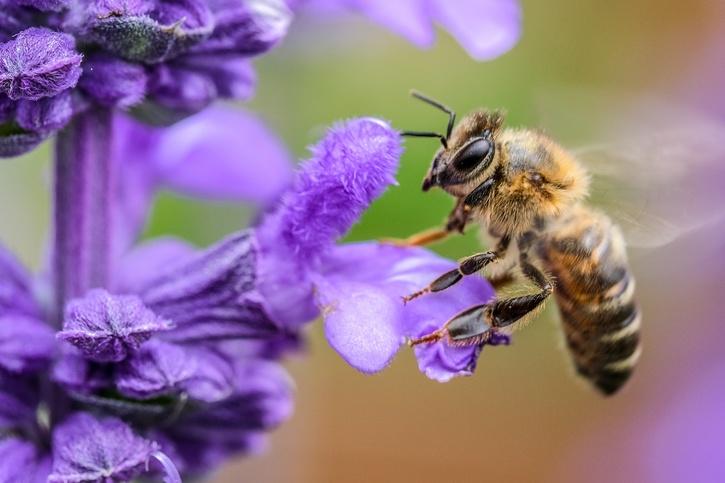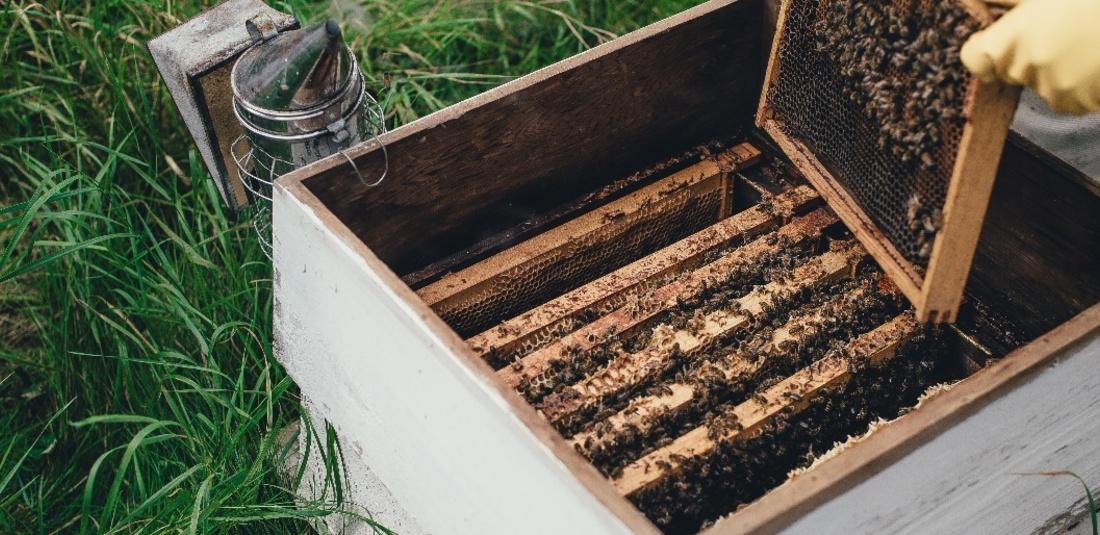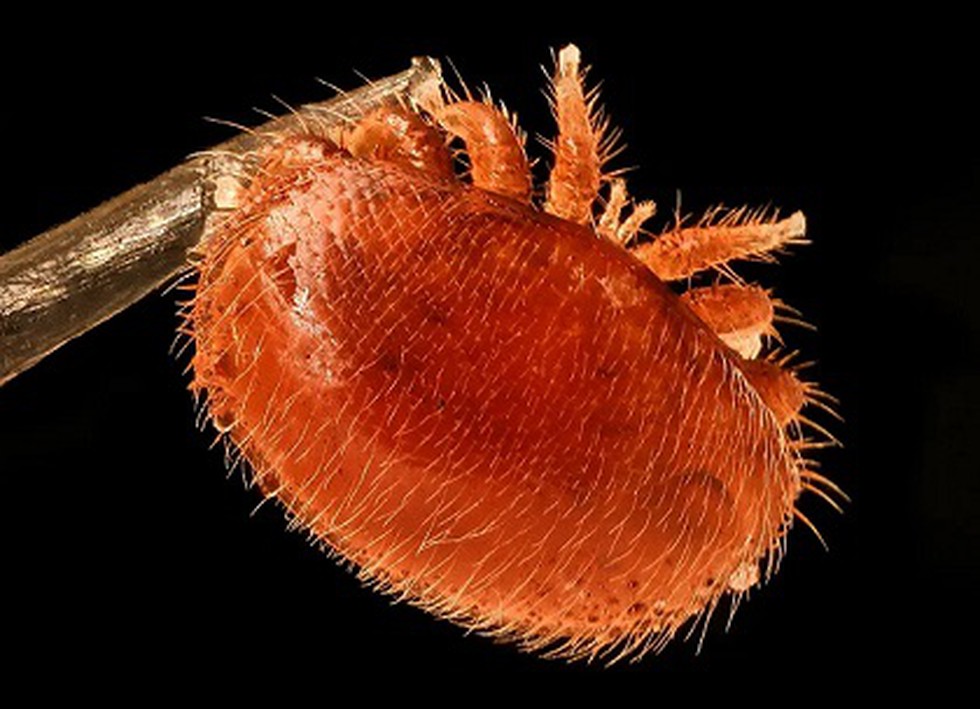- hot-spots
- biodiversity
- Australia
- Major invasion of deadly Varroa mites in Australia

Problems
A major invasion of deadly Varroa mites in Australia
The deadly insects were first detected near the Port of Newcastle, which now has spread to over 400 different sites, and over 6 million bees have been killed to limit the outbreak. Varroa mites can kill and weaken colonies by feeding on them and transmitting viruses. Ecologist Jay Iwasaki terms this about 1.5mm long parasite as 'a little vampire', which affects the ability of bees to fly, collect food, and produce honey. Varroa Mite is a parasitic insect that infects and feeds on honeybees. It is also referred to as the varroa destructor. The disease caused by them is called varroosis and is majorly affecting the southeast region of Australia. Reddish-brown in color, it is capable enough to eradicate entire colonies of honeybees. With the growing population of mites in bee colonies, the symptoms can worsen. Generally, heavy infestations result in crippled bees, impaired flight performance, a lower rate of return to the colony after foraging, and reduced colony productivity. Since the first report of the detection, the authorities of Australia detected similar outbreaks at nine more locations. What is even more unfortunate is that the problem has emerged when Australia is already facing bushfires, floods, and a mouse plague within the country.
Reasons for the spread of Varroa mites
The spread of the mite is largely blamed for a sharp decline in the number of honey bee colonies worldwide. It has plundered bee colonies across the globe. Although Varroa mites can feed and live on adult honey bees, they mainly feed and reproduce on larvae and pupae in the developing brood, causing malformation and weakening of honey bees as well as transmitting numerous viruses.
Effects of varroa mite invasion in Australia
Several media reports suggest that the growth of several crops that relies on hives for pollination could be impacted. Some of the crops include almonds, macadamia nuts, and blueberries.
Solutions
Biosecurity measures of honeybee colonies.
Author: India Times
As part of biosecurity measures, the honeybee colonies are put on lockdown to restrict the outbreak. Australian Honey Bee Industry Council stated, “It is critically important that beekeepers in the Newcastle area do not move any hives or equipment in or out of the area.” Australian authorities have exterminated millions of honeybees in a bid to prevent a potentially devastating parasitic plague affecting the southeast region of the country.
Gallery
3Timelines
2022
July
Australia has had to kill millions of honeybees to stop a potentially deadly parasite infection named Varroa mite. First spotted at a port near Sydney, the parasite is posing threat to Australia’s multimillion-dollar honey industry.
2020
Australia was one of the few countries that was able to successfully clamp down on the spread of Varroa mite-induced plagues, known to be the biggest threat to bees worldwide.
2019
Another major invasion of Varroa mites in Australia in recent years.
2016
Varroa mites invasion of Australia. The government has succeeded in fighting the parasitic insect feeding on bees.

